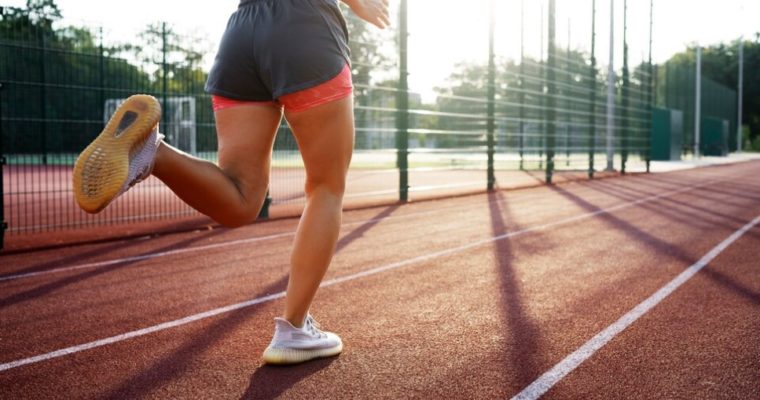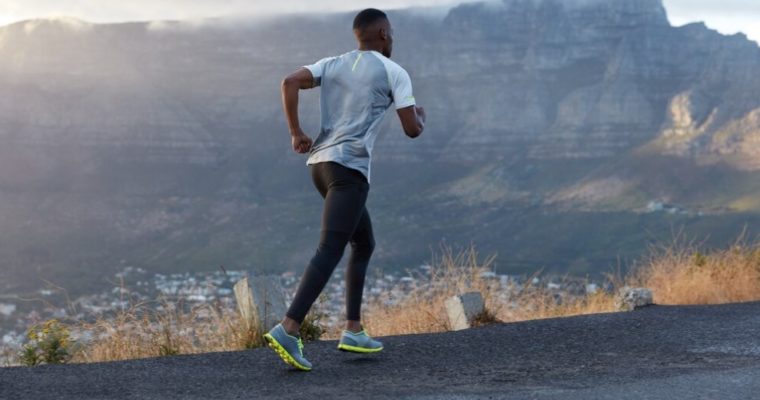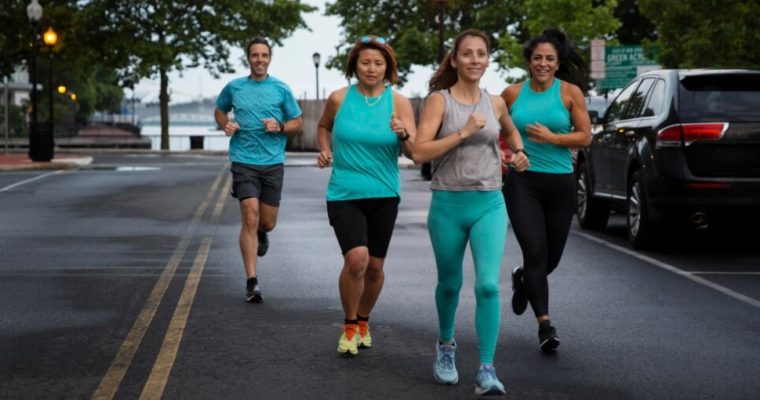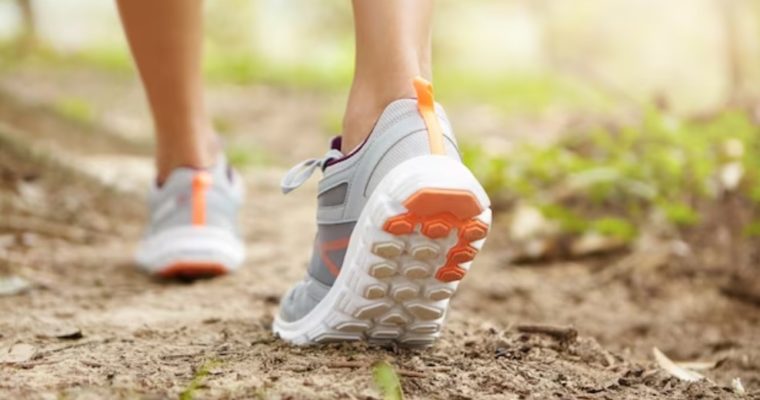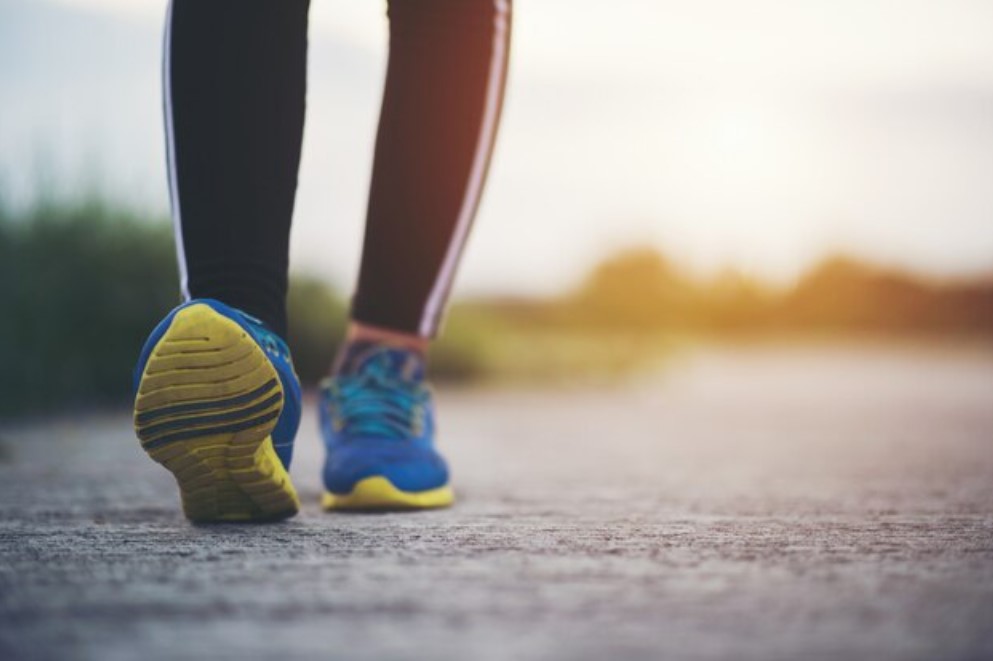Racewalking combines speed, technique, and endurance in a unique sporting discipline. It offers a lower-impact alternative to running, making it accessible to a broad audience. If you want an intense full-body workout without the strain that running often places on joints, racewalking is worth exploring.
This article will guide you through every aspect of racewalking, from the fundamental rules and precise techniques to effective training regimes and essential gear.
Learn the rules
Understanding the official rules is your first step to becoming a proficient racewalker. In racewalking, you must follow two main rules. First, always keep one foot on the ground. Second, ensure the leg supporting you stays straight from when it first touches the ground until it stands straight up.
These rules aim to distinguish racewalking from running. Judges watch closely and can disqualify competitors for ‘lifting,’ which is having both feet off the ground. So, make it a point to familiarize yourself with the rules and watch videos of professional racewalkers to see how they adhere to these regulations.
Master the technique
A precise technique differentiates racewalking from regular walking or running. Begin by focusing on your feet. Try to walk in a way that your heel touches the ground first. Then, let the middle of your foot touch down, followed by your toes.
Once you get comfortable with this, concentrate on your arm movements. Your arms should remain bent at roughly a 90-degree angle and swing in coordination with your legs. This synchronized movement helps maintain balance and also propels you forward more efficiently.
Your posture is equally crucial in racewalking. Keep your torso upright, your head neutral, and look straight ahead. Resist the temptation to slouch or look down, as poor posture can slow you down and lead to injuries over time.
Training and conditioning
A robust training program is vital for anyone serious about racewalking. Start with endurance walks to build a solid aerobic base. As you gain stamina, introduce interval training into your routine. These high-intensity bursts help improve your speed and cardiovascular fitness. Hill training, at least once weekly, strengthens your leg muscles and enhances your aerobic capacity.
In addition to walking workouts, engage in strength training sessions focusing on legs and core. Exercises like squats, lunges, and calf raises fortify the muscles you use most in racewalking. Core exercises, including planks and sit-ups, offer better stability and posture. Do not neglect flexibility; include stretching exercises in your routine to assist in recovery and optimize your walking form.
Gear and footwear
The right equipment can greatly enhance your racewalking performance. Choose clothing made from moisture-wicking fabrics to keep you dry, especially during longer walks or races. Breathable material also helps in maintaining body temperature.
Footwear is critical in racewalking. Lightweight walking or running shoes with good arch support and a flexible sole are ideal. The flexibility allows for the heel-to-toe foot movement essential to the sport. Think about asking a sports gear expert for help. They can help you choose the best shoes for your foot shape and how you walk.
Race preparation and strategy
Being well-prepared can significantly impact your performance in any racewalking event. Study the race course in advance. Understand its terrain, the number of laps, and where the hydration stations are. Plan your hydration and nutrition strategy to stay energized midway through the race.
Develop your race strategy based on your skills and limitations. Some racewalkers prefer a conservative approach, starting slowly and conserving energy for a strong finish. Others like to take an aggressive stance, leading from the front. Experiment with both strategies during your training to determine which aligns with your strengths.
Conclusion
Racewalking is more than just fast walking. It is a sport that demands a unique blend of speed, technical skill, and endurance. If you learn the rules, practice your walking style, train well, and get the right equipment, you can become a good racewalker. You might even become excellent!
So what are you waiting for? Put on your best walking shoes, head to the nearest track, and take the first step into racewalking!
